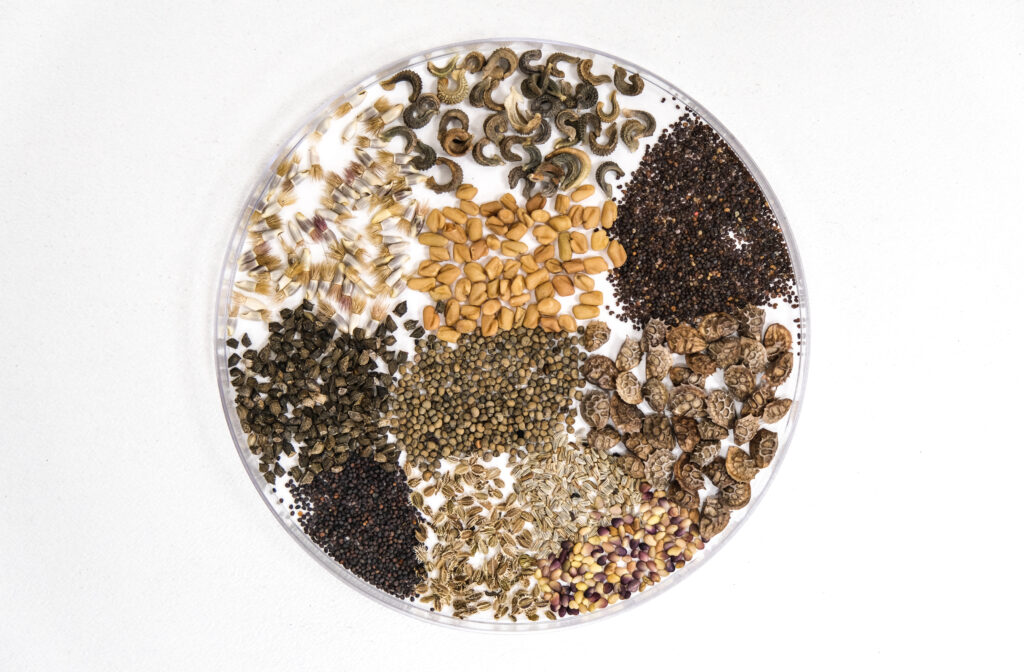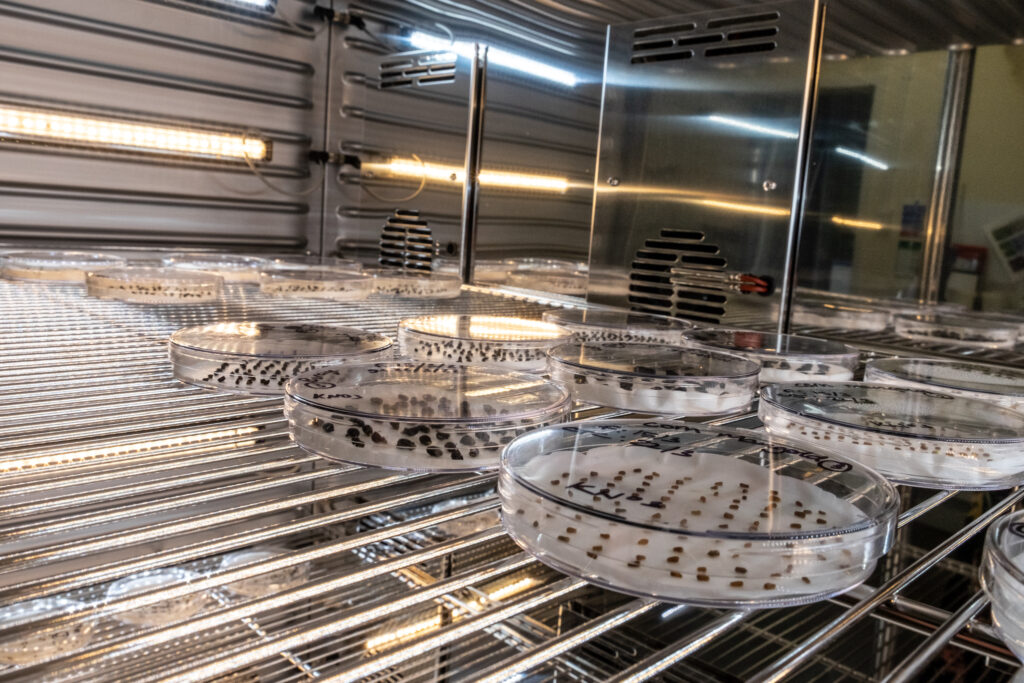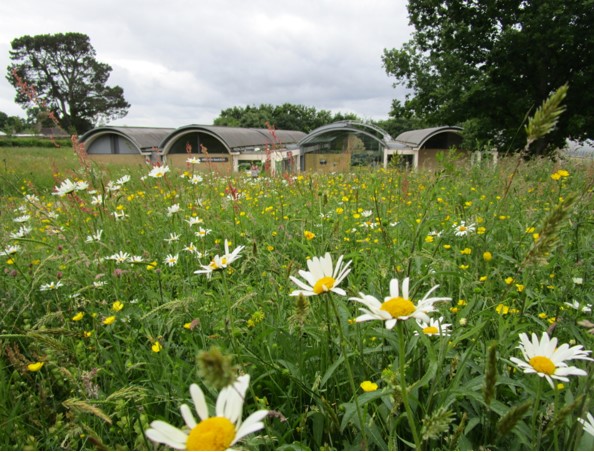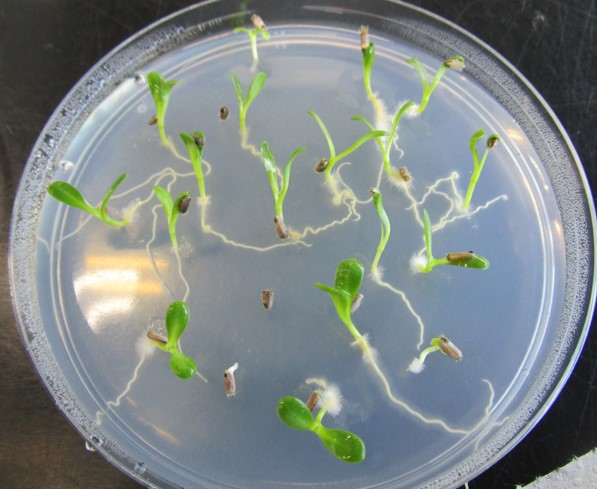Often over-looked, the importance of quality seed is a crucial element in the delivery of successful wildflower projects.
In the beginning, there was a humble seed…

With so many wonderful attributes and benefits to recommend them, it is very often the beauty and biodiversity of wildflower meadows that receive accolade. However, this month we’re turning our attention to where it all begins: seed.
Here at Wildflower Turf Ltd, we are passionate about seed, and with good reason. With increasing focus on the importance of preserving and enhancing the UK’s rich and biodiverse habitats that are essential for life, the need for quality raw materials is paramount.

In short, you get out what you put in. When poor seed is sown, the germination rate will be significantly lowered with crop failure a real possibility.
The wildflower seed market in the UK is currently unregulated, meaning that varying quality levels of seed exist. Yet, the benefit of using quality seed is enormous. Premium quality seed will, over time, result in the successful establishment of wildflower meadows and with appropriate ongoing maintenance, the meadow will continue to thrive and provide a sustainable biodiverse environment.
Purity is a key marker of a seed mix quality. The degree to which the seed mix is free from weeds and inert material, collectively known as admix, is paramount in ensuring the successful establishment of a wildflower meadow and provide the optimum environment to withstand potential stresses.
Likewise, high rates of germination is an important indicator when considering seed quality and viability. Germination rates are determined through controlled testing designed to replicate growing conditions to stimulate emergence.
The International Seed Testing Association, founded in 1924, is instrumental in the promotion of uniformity in seed quality evaluation. ISTA has developed and published internationally agreed standard procedures for sampling and testing seeds. The organisation actively promotes research and dissemination of knowledge in seed science and technology. In terms of wildflower seed specifically, the development of these procedures is currently limited and scope exists for formal quality control metrics to be introduced.
Seed storage is also another essential element to consider. Reduced temperature, controlled humidity and low light levels prolong seed longevity. By storing seed in optimum conditions, long term viability will be substantially improved.
Seed storage is a serious business.
The Millennium Seed Bank of the Royal Botanic Gardens, Kew based at Wakehurst in West Sussex, houses a below ground collection of more than 2.4 billion seeds representing over 40,000 species from around the world. The seeds are banked as a conservation resource for research and restoration and as a safeguard against extinction.

Kew’s Millennium Seed Bank nestled in the west of the High Weald AONB.
Out of harm’s way in a flood, bomb and radiation-proof vault are six minus 20°C rooms containing seeds collected from 190 countries and territories totalling 16% of the world’s bankable flora and 98% of the UK’s orthodox seed-bearing native flora.
According to Dr Chris Cockel, UK Conservation Projects Coordinator, Millennium Seed Bank seed conservation and collection protocols are designed to maximise genetic diversity and seed quality while minimising impacts on wild populations, with diversity and quality being maintained through careful pre-collection population assessment, followed by bespoke seed processing, storage and regular viability monitoring.

Centaurea nigra (Common Knapweed) seeds being germination tested in the labs at the Millennium Seed Bank.
Before long-term storage in the sub-zero temperature vaults, seed collections from wild plant species arriving at the MSB are initially maintained at 15°C and a relative humidity of 15%. This is important to ensure the seeds can withstand freezing and because for every 1% reduction in a seed’s moisture content and every 5°C drop in temperature down to minus 20°C a seed’s lifespan is doubled.
Detailed information about MSB practices and procedures, along with a series of Technical Information Sheets is available via the MSB website https://brahmsonline.kew.org/msbp.
With Biodiversity Net Gain (BNG) legislation soon to pass into law in England, further development of wildflower seed quality standards will undoubtedly lead to better long term results for all.